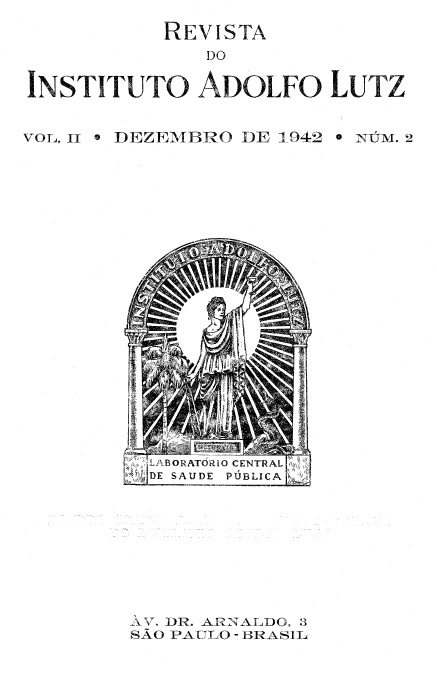The usefulness of the dosage of squalene in vegetable oils
Abstract
The Fitelson method for squalene determination in oils was performed for olive oil identification and its dosage in oil mixtures. 45 samples of olive oil, received by the Institute "Adolfo Lutz" (S. Paulo) during 1948-49, showed the squalene content varying from 309 to 635 (arithmetical average 498; standard deviation ±89). 34 samples of other refined vegetable edible oils (peanut, cotton-seed, sesame, corn, soya bean, grape-seed, "patauá ", "babaçu" and cashew-nut oils) showed very low squalene contents, about ten times less than olive oil. The characteristics of "patauá " and cashew-nut oils are similar to those of olive oils except for the squalene content. The squalene determination is crucial in differing them from the latter. The results obtained by this method showed a good reproducibility. Oil mixtures were made and squalene content determined in the components and in the final mixtures. The squalene recuperation for the mixtures agreed with the theoretical calculation, the difference being smaller than 2%. Thus, the squalene value is an important factor in the identification of olive oil and for the quantitative olive oil determination in oil mixtures, as long as the value of the squalene of the components is known.
Published
1949-01-24
How to Cite
Almeida, M. E. W. de. (1949). The usefulness of the dosage of squalene in vegetable oils. Revista Do Instituto Adolfo Lutz, 9(1-2), 123-136. Retrieved from https://periodicoshomolog.saude.sp.gov.br/index.php/RIAL/article/view/33190
Issue
Section
ORIGINAL ARTICLE










